Text
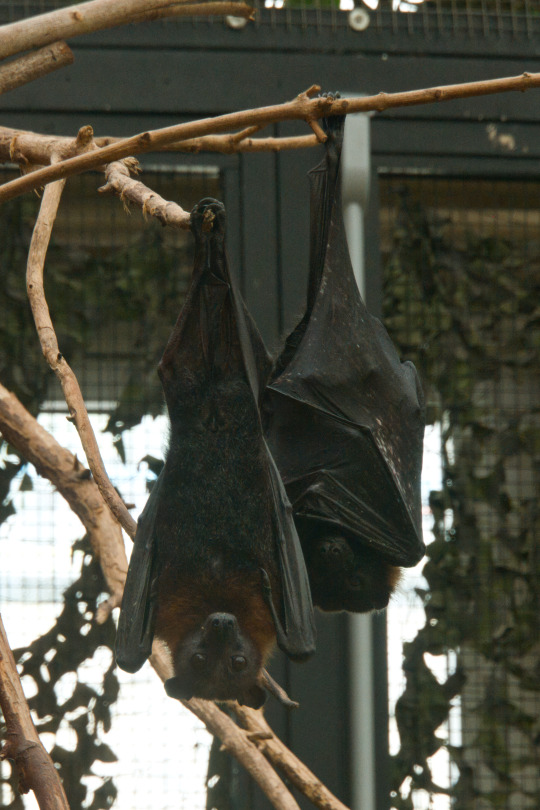
Renard Volant de Lylé - Il a un rôle très important dans le maintien de la végétation forestière. En effet, il se nourrit de fruits mûrs en recrachant les graines, ou s'il les avale, les disperse dans ses déjections.
Lieu : Pairi Daiza
30 notes
·
View notes
Text
Baby bateared fox at the Cincinnati zoo!
79 notes
·
View notes
Text
yknow i never noticed the sheer rareness of images having ids or alt text on this website until i started adding alt text to my art (and trying to remember to add it to any images i post in general, especially text screenshots) and that makes me kinda sad
55K notes
·
View notes
Text
instagram
8 notes
·
View notes
Text
This is a big deal. No, $48,692.05 is in no way, shape or form a fair price for the many thousands of acres of traditional Chinook land that were never ceded but were taken by settlers anyway. However, the fact that this funding from the 1970 Indian Claims Commission settlement is being released to the tribe is the strongest move toward regaining recognition in years.
As a bit of background, the Chinook Indian Nation are some of the descendants of many indigenous communities who have lived in the Columbia-Pacific region and along the Columbia to the modern-day Dalles since time immemorial. They saw the arrival of the Lewis & Clark party to the Pacific Ocean in 1805, but shortly thereafter were devastated by waves of diseases like malaria and smallpox. The survivors signed a treaty to give up most of their land in 1851, but it was never ratified by the United States government. While some Chinookan people are currently part of federally recognized tribes such as the Yakama Nation, the Confederated Tribes of the Warm Springs Reservation, and the Confederated Tribes of the Grand Ronde Reservation, the Chinook Indian Nation--comprised of the Lower Chinook, Clatsop, Cathlamet, Willapa, and Wahkiakum--have remained largely unrecognized.
That changed briefly in 2001. On January 3 of that year, the Department of the Interior under the Clinton administration formally recognized the Chinook Indian Nation. In July 2002, the Bush administration revoked the federal recognition after complaints from the Quinault Indian Nation, as the Chinook would have had access to certain areas of what is now the Quinault reservation. This meant that the Chinook, once again, were denied funding and other resources given to federally recognized tribes, to include crucial healthcare funding during the COVID-19 pandemic.
The Chinook Indian Nation has been fighting legal battles to regain federal recognition ever since the revocation. The funding released to them in this month's court decision doesn't make them federally recognized, but it is a show of legitimacy in a tangled, opaque system that indigenous people across the United States have had to contend with for many decades. Here's hoping this is a crack in the wall keeping the Chinook from recognition, and that they get more good news soon.
321 notes
·
View notes
Text
If you aren't following the news here in the Pacific Northwest, this is a very, very big deal. Our native salmon numbers have been plummeting over the past century and change. First it was due to overfishing by commercial canneries, then the dams went in and slowed the rivers down and blocked the salmons' migratory paths. More recently climate change is warming the water even more than the slower river flows have, and salmon can easily die of overheating in temperatures we would consider comfortable.
Removing the dams will allow the Klamath River and its tributaries to return to their natural states, making them more hospitable to salmon and other native wildlife (the reservoirs created by the dams were full of non-native fish stocked there over the years.) Not only will this help the salmon thrive, but it makes the entire ecosystem in the region more resilient. The nutrients that salmon bring back from their years in the ocean, stored within their flesh and bones, works its way through the surrounding forest and can be traced in plants several miles from the river.
This is also a victory for the Yurok, Karuk, and other indigenous people who have relied on the Klamath for many generations. The salmon aren't just a crucial source of food, but also deeply ingrained in indigenous cultures. It's a small step toward righting one of the many wrongs that indigenous people in the Americas have suffered for centuries.
12K notes
·
View notes
Text
Taxonomy Tournament: Chordata

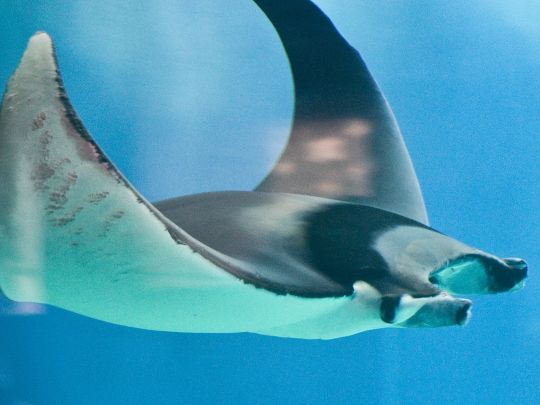
Myxiniformes. This order is known as hagfish, jawless fish which release slime from their skin to protect themselves from predators. They are the only known living species to have a skull but no vertebral column.
Myliobatiformes. This order of batoids includes stingrays and manta rays.
201 notes
·
View notes
Text
image description: brown bats roosting in a cave (bats are in the upper right corner of image)
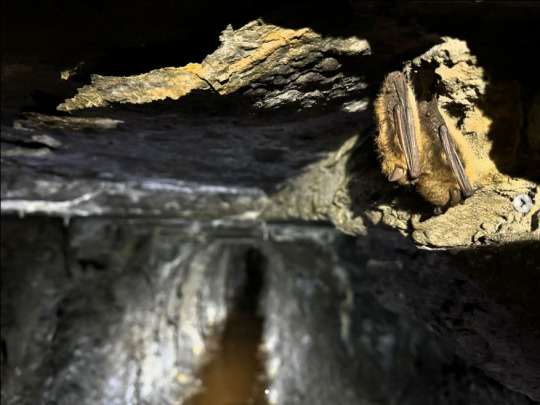
Brandt's bats, via
54 notes
·
View notes
Text
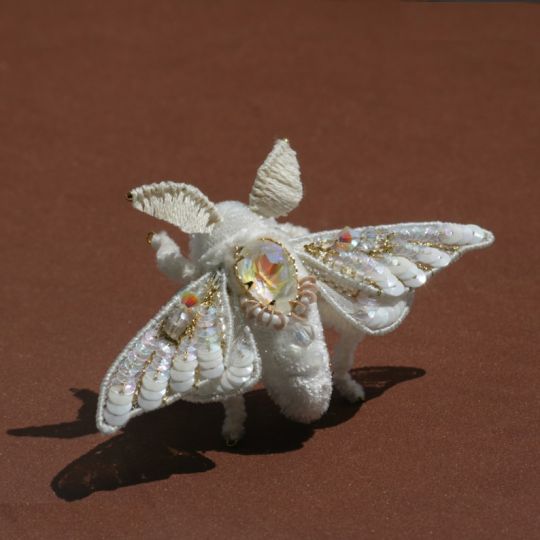
Silkworm moth brooch by YatsuraBead
1K notes
·
View notes
Text
Taxonomy Tournament: Fish


Toxotidae. This order is mad up of archerfish, also known as spinner fish, which predate insects by shooting water from their mouths to knock them into the water.
Syngnathiformes. This order is made up of fish with long narrow bodies, with some groups swimming with their bodies aligned vertically to blend in with seaweed. Examples include the seahorse, trumpet fish, and sea moths.
89 notes
·
View notes
Text
Taxonomy Tournament: Mammals
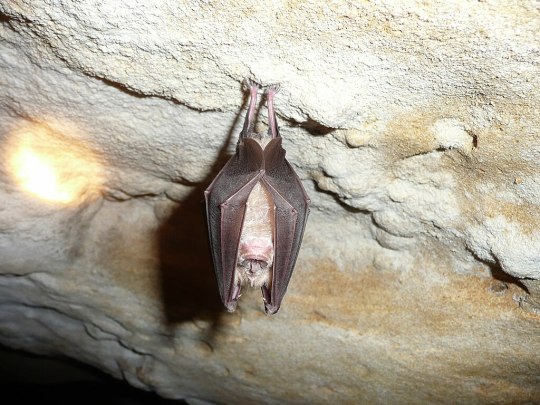
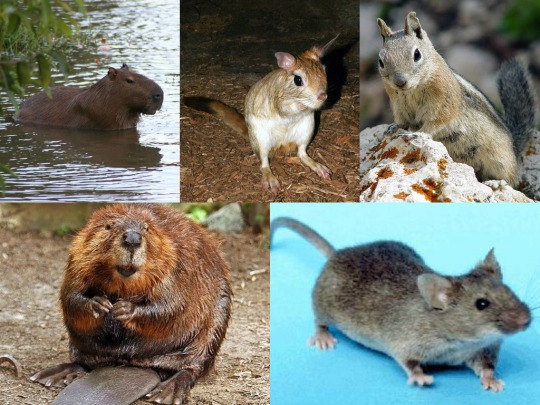
Chiroptera. This order is made up of bats, the only mammals capable of self-powered flight. It is the second-most speciose order of mammals, with over 1400 species.
Rodents. This order is characterised by having a single pair of continuously-growing incisors. 40% of mammal species are rodents. Examples include rats, mice, beavers, capybaras, squirrels, and chipmunks.
196 notes
·
View notes
Text
USians! Haven't filed your state and federal taxes yet?
Don't worry, and don't rush.
File Tax Form 4868 for free by April 15th.
The form and more information can be found here:
83 notes
·
View notes
Text
"cats are semi-domesticated animals" is a psyop by Big Roadkill to make people feel less guilty about their outdoor cats disappearing
1K notes
·
View notes